What does the Jericho rose look like and how to grow it?

The Jericho rose is considered one of the most unique plants on the planet. It has existed for a very long time, has fantastic ability to grow in any conditions. This representative of the flora can do without water for an extremely long time (decades) and not die at the same time. The Jericho rose is also called the Egyptian rose: according to legend, the Virgin Mary saw her on her way to this country and gave her her blessing. After that, the plant allegedly acquired the ability to live forever. A very interesting and unpretentious rose is often grown at home.
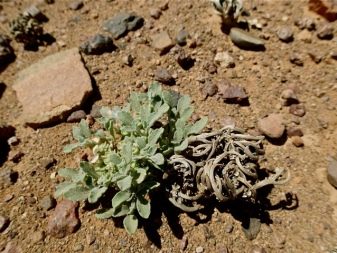
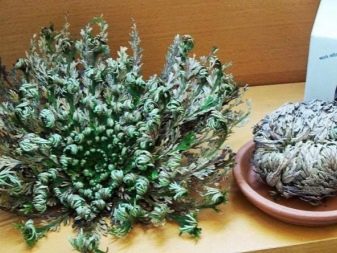
Description
The Jericho or Egyptian rose is a herbaceous perennial plant that grows naturally in desert areas, but prefers shade. The rose is believed to be over three hundred million years old. In Egypt, the Middle East and other countries of the region, it is customary to inherit it, because its life span is difficult to estimate accurately. In a state of dryness, a flower can exist for an incredibly long time: up to 50 years. The first mentions of the flower were recorded during the Middle Ages, during the campaigns of the Crusaders.
It is customary to give this flower and put a small surprise in it, usually jewelry, ornaments. The gift is placed in the center of the plant until it closes, and in this form it is presented.
After the gifted one, it is enough to put the flower in the water and wait for the opening to receive his present. A spectacular gift method is used quite often not only in the East. Such a rose belongs to Cabbage on a family basis.
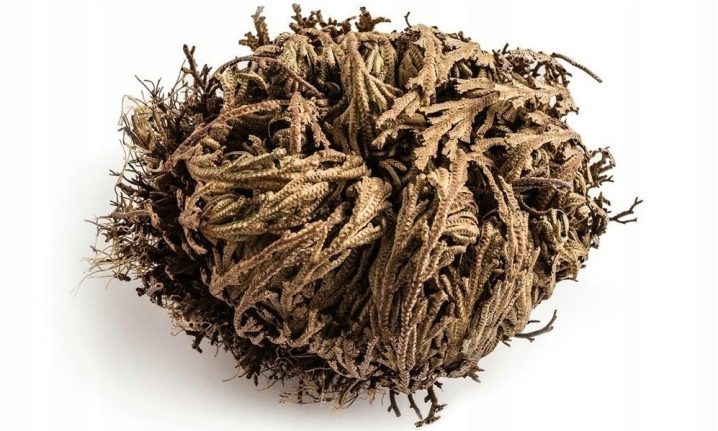
The botanical description of the flower is as follows:
- stretches in height up to 15 cm, no more;
- foliage is extremely small, the color is green-gray;
- the flowers are also small, the color is snow-white;
- fruits of the type of pods, curled.
This plant blooms in the spring and for a rather short time: up to 30 days. The vegetation activity lasts from spring to autumn, in winter it retires. Taking into account these features, care measures are built. Natural distribution of the rose - Asian, African deserts, Iran, Morocco, Israel, Egypt. But the North African lands are considered homeland.
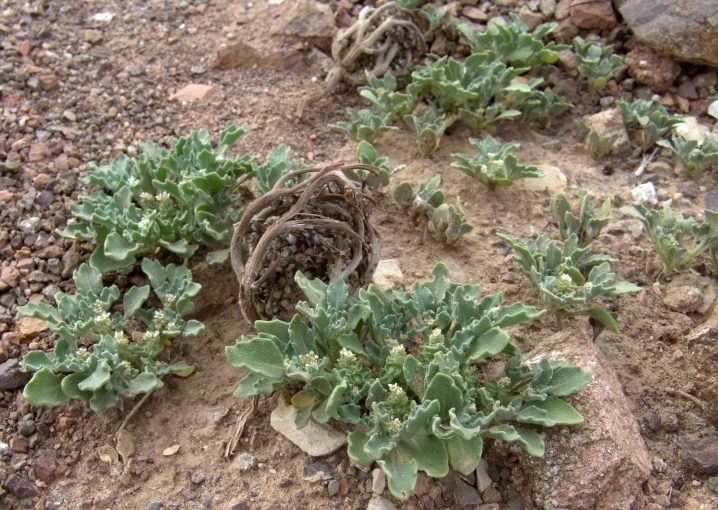
One of the unique properties of a plant is its life cycle:
- shoots sprout in the spring before drought;
- then the rose grows quite actively, develops well, blooms, fruits are formed;
- in drought, foliage wraps up, creating a small dry ball;
- in the wild, it breaks off the ground and is carried by the winds through the desert;
- when the ball finds any source of water, it begins to actively grow again, throws out seed;
- seeds are stored in the soil for years before they begin to grow.
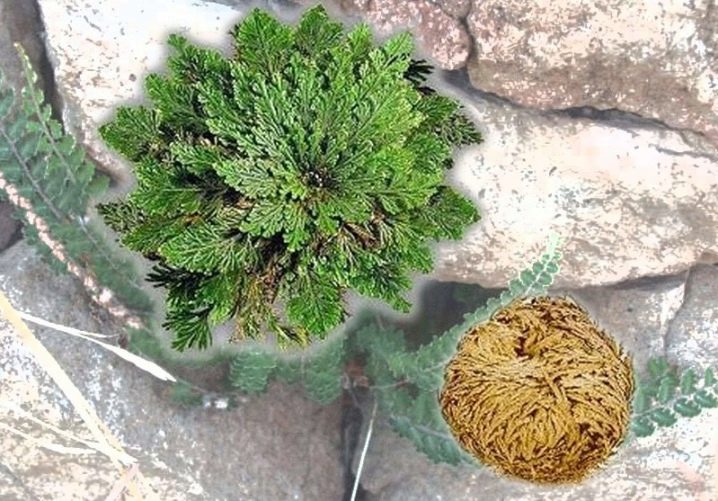
Visually, this flower can hardly be called very catchy and expressive, but it brings practical benefits to its owners:
- protects against harmful insects such as moths;
- absorbs negative aromas well;
- cleans the air, heals the microclimate;
- helps to sleep better, is suitable for the bedroom;
- looks aesthetically pleasing and is suitable for decoration.
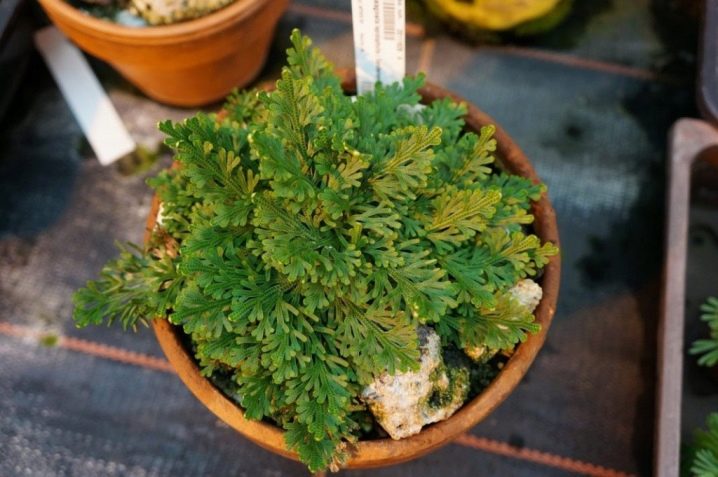
The plant has a lot of advantages:
- long period of life;
- there is no need to constantly moisturize;
- not capricious in leaving;
- tolerates drought well;
- disinfects the space.
No obvious disadvantages were found in the plant.
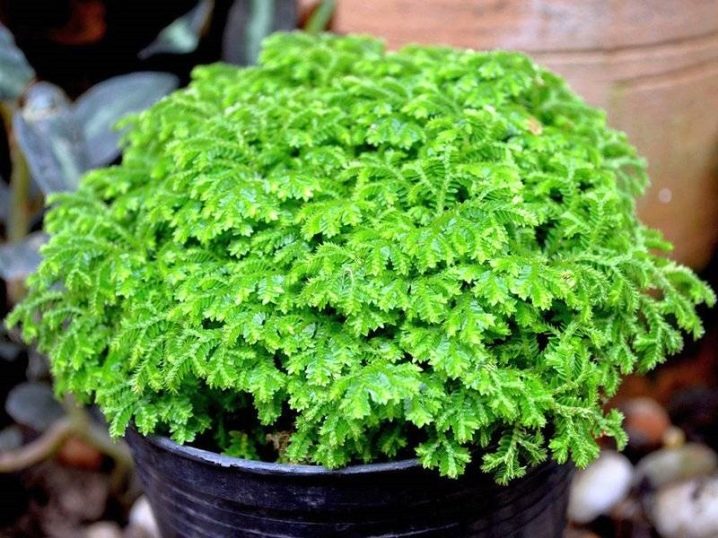
Popular varieties
The choice of this plant for home growing should be started by studying the varieties of the flower called the Jericho rose.
Selaginella scaly
Herbaceous perennial, has shoots creeping or slightly raised above the soil type. The foliage is very small, like needles. It is often called a carpet fern, and carved branches look very original. When grown at home, the branches do not stretch more than 10 cm. But in the wild, they grow tens of meters. The plant loves moisture, does not rot in water, and can grow in the shade.
If there is little moisture in the room, it forms into a ball, but after moistening it immediately dissolves. The foliage has a very original look due to the green scales that cover it. The homeland of the plant is Mexico. Dry selaginella is recommended to be stored in closets with clothes, it perfectly protects against moths and other pests. The plant is sold in the form of a dry ball, that is, with cryptobiosis.
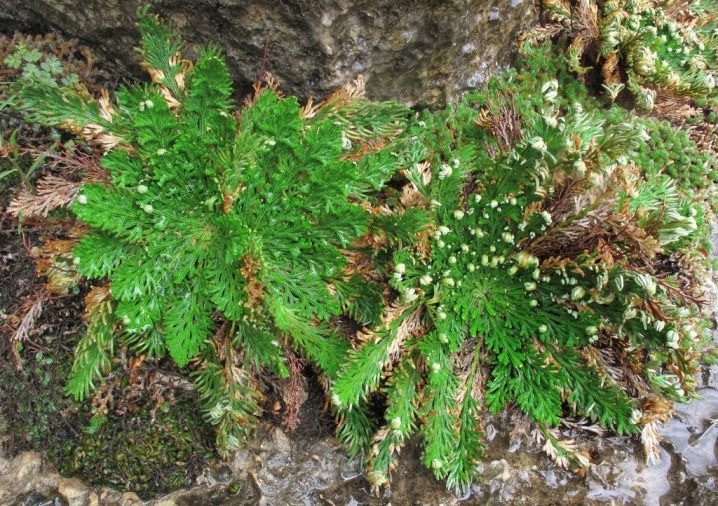
Anastatica Jericho
In fact, this particular variety is the wild Jericho rose. The shortest growing season of a flower is 30 years, the maximum is not limited. Differs in high decorativeness, both in dry and growing form. Despite the fact that the name mentions a rose, there is no special resemblance to it: neither a simple thorny stem, nor spectacular flowers. Instead, there are many tangle-shaped stems and small white flowers.
This is a herbaceous annual, which the Egyptians call the hand of the Virgin Mary.
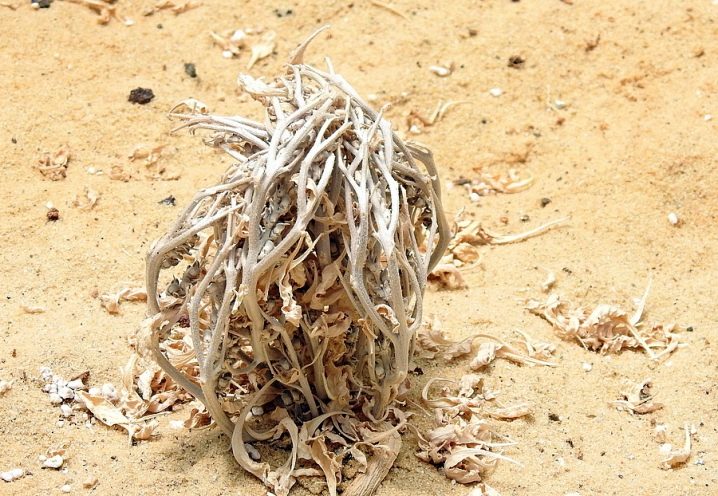
Asteriscus dwarf
Another representative of the flora, which is called the rose of Egypt, but in fact it has nothing to do with it. Herbaceous annual flowering type, vegetation begins in the spring. Perfect for home greenhouse, self-propagating. The shape of the inflorescences and the distribution of seed material are different from other species. When the flowering period ends, an achene is formed, which is stored for many months. When there is enough moisture, the plant opens up in the spring, then the seeds germinate. Loves warmth, compact, grows well in pots, flowerpots, filling all the free space.
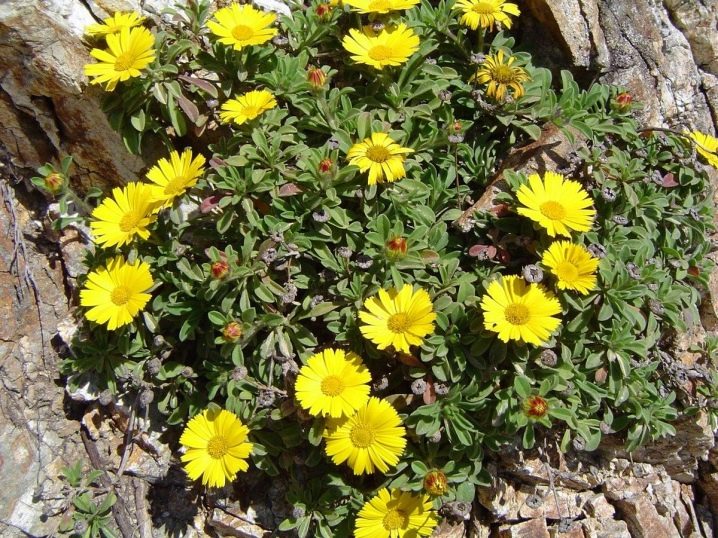
Landing
The peculiarity and specificity of the plant also determine the nontriviality of the planting procedure, which is carried out by a very original method. The step-by-step algorithm of actions is as follows:
- first, a shallow-type pallet is prepared, into which pre-settled water is poured (the water should not be cold);
- the plant is sent into the water in a dry form so that the roots are from below;
- the plant will open and green shoots will form in the center, they will grow from seeds, closed inside and waiting for moisture to germinate;
- after that, you can plant the flower in a prepared permanent container with soil.
The soil is formed from a mixture of sand, small stones. The pot is required wide, deep, flowerpots can be used.
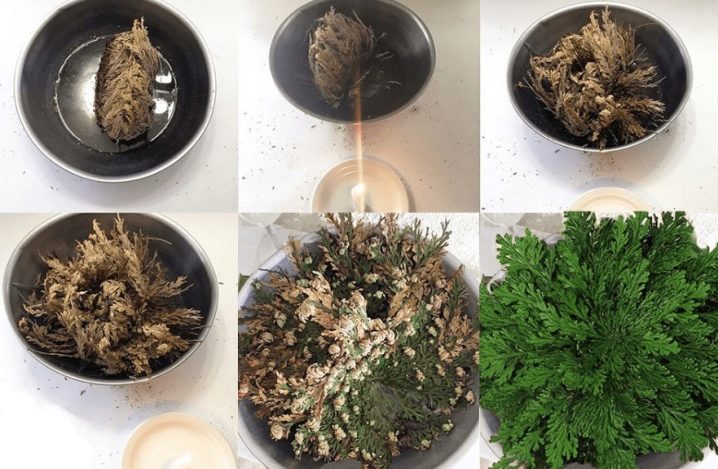
Care
At home, this plant feels good, with the exception of the autumn-winter period associated with the heating season. At this time, the air in the premises, as a rule, is too dry. Despite the fact that it is necessary to grow such a flower in special conditions, it is not particularly difficult to care for it. There are a number of agronomic measures that need to be organized for the active growth of the Egyptian rose.
Conditions
First of all, you need to take care of the temperature, the optimal mark is about +20 degrees. The plant does not like direct sunlight, it grows better in partial shade, but it is not worth organizing full shade. In order for the plant to feel good and develop actively, it is important to take care of the humidity in the air. This level must be high, otherwise the growing season will be shortened. To increase the humidity, the flower is placed in a pallet with wet stones, pebbles, moss. It is worth purchasing a humidifier and hygrometer to control the humidity level in the room. Place the moisturizer in the immediate vicinity of the flower. Spraying from a spray bottle is carried out daily, and preferably more than once.
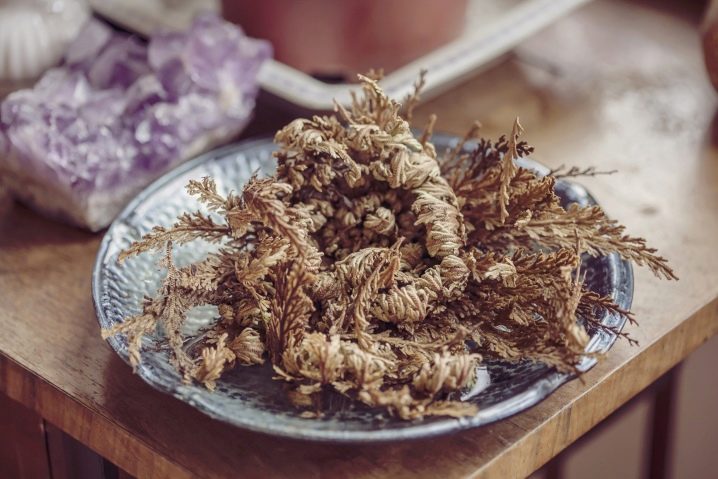
Watering
Watering the soil is carried out with water at room temperature, it must be settled or filtered. Moisten the soil regularly, as soon as the top layer of the substrate is dry.
The best way to moisturize is through a tray so that the flower takes the required amount of water itself.
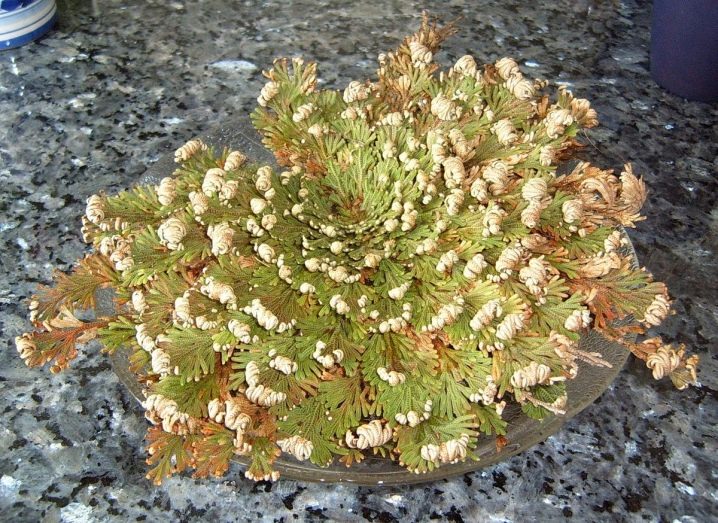
Top dressing
It is very important that the soil is loose, as mentioned above, the bulk of the substrate is sand. It is necessary to provide drainage and monitor the level of acidity, slightly acidic soil is the best choice. Fertilize the soil regularly, this procedure is most important in the spring, when the flower is actively developing. You should purchase a complex type feed intended for succulents and dilute it one to three.
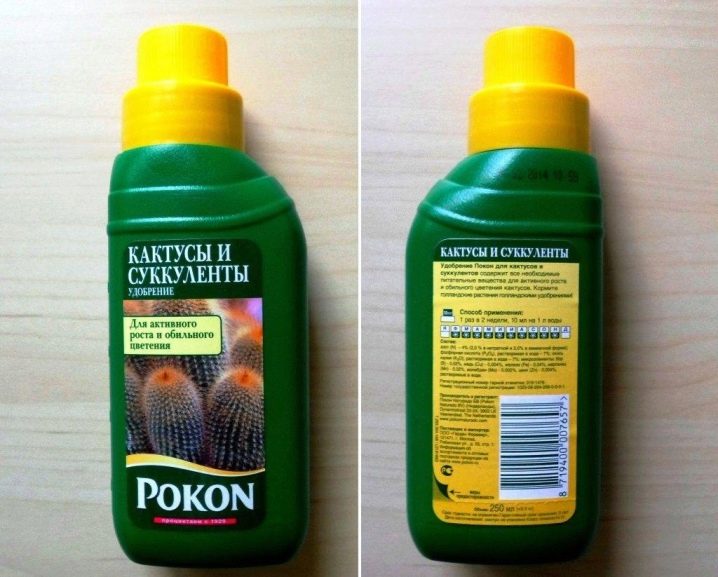
Preparing for winter
When the plant's life cycle is completed, it needs a dormant period. Moisturizing the soil stops in advance, when the moisture becomes low, the plant will form into a ball.
The ball is stored until spring in warm and dark; the shelf in the closet is ideal, where the plant repels insects.
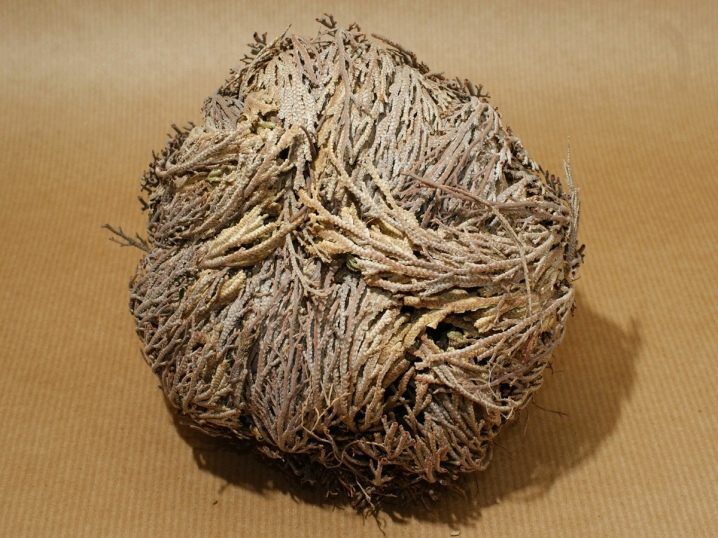
Pruning
Pruning is only necessary after the plant has aged and its appearance will be less aesthetic. More than 50 percent of the shoots are removed, then new shoots will sprout from the dormant buds. Sometimes pruning is done to give the flower a rounded shape.
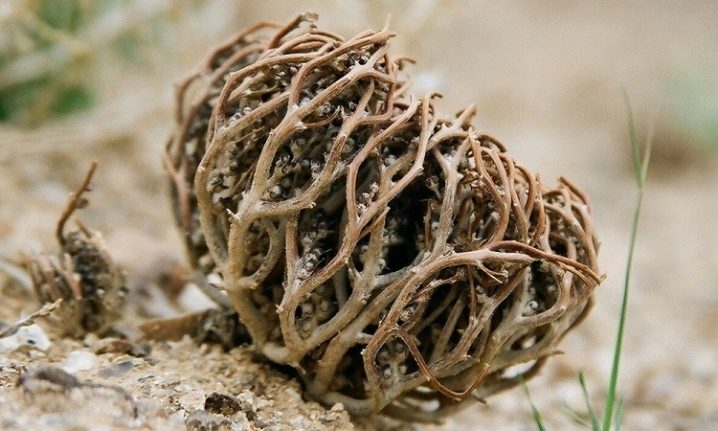
Reproduction
This plant propagates in three types: spores, division and cuttings.
- Division of the bush. A small part of the plant is taken away only from a healthy bush. The soil is prepared in advance and the pinched off part is deposited there. Up to 5 shoots are planted in one container, if their height does not exceed 5 cm. Until complete survival, it is necessary to maintain a high level of moisture in the soil mixture.
- Seeds. Since the seed is extremely small, it is called spores. In nature, they are spread by the wind, spilling out of the plant. At home, the flower self-propagates perfectly if you provide quality care.
- Cuttings. The most popular method. In the spring, cuttings are planted in a makeshift greenhouse, where they provide a high level of moisture and shade. Usually in a couple of weeks, the cutting takes root and can be planted.
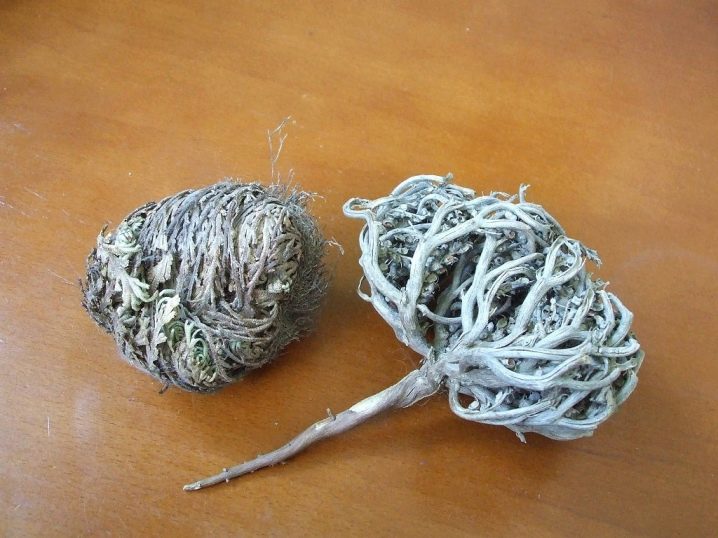
Diseases and pests
Despite the unpretentiousness of the plant, it is important to provide it with suitable growing conditions, then there are no special problems in growing. Diseases affecting the rose of Egypt are usually associated with fungus, mold, and rot. As for pests, spider mites are most dangerous here. The plant can be secured as follows:
- treatment with fungicidal compositions against fungus;
- moderate watering (will prevent mold and rot);
- spraying with insecticidal compounds or a solution of laundry soap (will stop spider mite attacks).


































































































The comment was sent successfully.